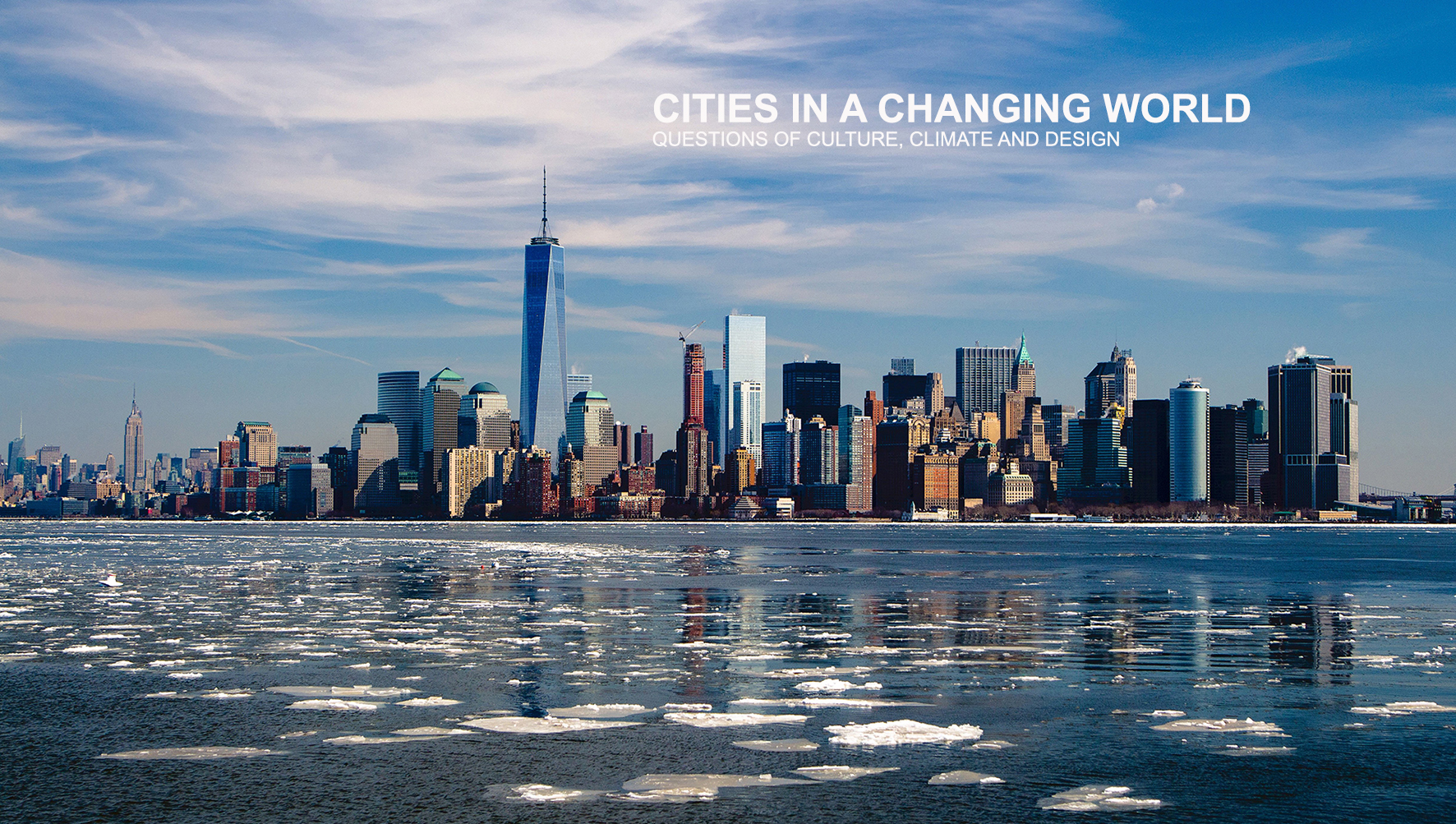Call
The role of computers in the design, control and making of the public life [and space] is increasingly dominant, their presence pervasive, and their relationship with people characterised by a growing complexity. Batty 2017
The scenario described by Batty is underpinned by a plethora of phenomena. It includes the Internet of Things, ubiquitous computing, computer-led infrastructure, big data and AI. In essence, the built environment has become a site for the production, processing and sharing of information daily through the software interlaced with it. It is also a place designed, envisaged and increasingly built through data based digital architecture, planning and construction. Advanced parametric modelling envisages data in both building design and city management. Augmented reality mediates our experience of the city with layers of information. Digital infrastructure interconnects our city and building services. The result is a series of complex interactions of people, place and data and the establishment of the ‘digital city’, ‘smart buildings’ and ‘intelligent’ urbanism.
This new polemic agency of the machine to generate, analyse and distribute data is not limited to the built environment however. It also informs the creative industries. A plethora of films in recent decades have built on the imagery it offers: The Matrix, Ex Machina, Her, Minority Report to name but a few. In the arts, data is increasingly used as both a tool and motive for artworks. David McCandless’ founding of the platform Information Is Beautiful, and Aaron Koblin’s establishment of Google’s Data Arts Team are typical examples. Landscape and projection artists use the digital recalibration of data into imagery to create spaces and representations of our cities daily.
Today then, the potential for technology and data to alter how we design, live and experience our cities is obvious and everywhere. However, there are concerns. GIS, Google Maps and Facebook all offer interconnected information on urban life. They are also conduits for the collation of personal data and its misuse. The assumption of digital access for all leads some to worry about issues of social exclusion. Sociologists highlight the dangers of the digital dependency of future generations. 3D printed buildings threaten job losses in the construction industry. The idea of parametric urbanism is an anathema to many for whom city is a place of interpersonal interaction.
Batty’s understanding of the role of computers in the design, control and making of the public realm then, is not just ubiquitous, it is cross disciplinary, complex and expanding.






